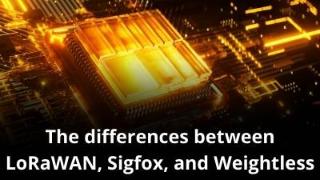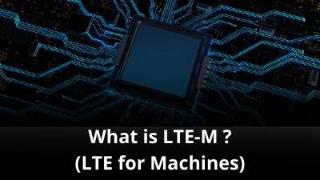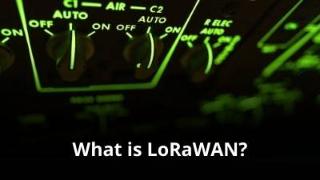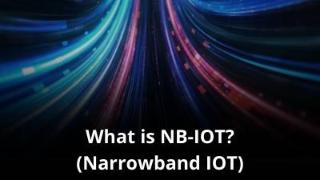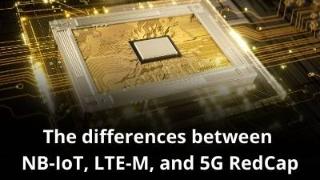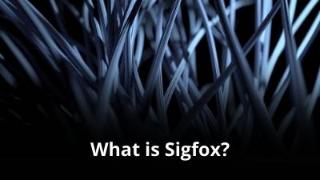Introduction about the LTE-M (LTE for Machines) IOT Network
LTE-M, also known as LTE Cat-M1, is a cellular low-power wide-area network (LPWAN) technology designed to provide connectivity for IoT devices. It is an evolution of traditional LTE, optimized for low power consumption, wide coverage, and massive connectivity.
LTE-M, also known as LTE Cat-M1, is a cellular low-power wide-area network (LPWAN) technology designed to provide connectivity for IoT devices. It is an evolution of traditional LTE, optimized for low power consumption, wide coverage, and massive connectivity.
The LTE-M (LTE for Machines) Spectrum
LTE-M operates on licensed spectrum, similar to traditional LTE networks. This means network operators must acquire specific frequency bands from regulatory authorities for deploying LTE-M networks. The advantage of licensed spectrum is guaranteed quality of service, as there is less interference from other wireless devices. However, it also comes with higher costs due to spectrum acquisition and licensing fees.
The specific spectrum bands used for LTE-M can vary depending on the region and operator. Therefore, the choice of spectrum band impacts network performance, coverage, and cost. For instance, lower frequency bands generally offer better building penetration and wider coverage, but they are often more expensive.

The LTE-M (LTE for Machines) Coverage

LTE-M offers a balance between the wide coverage of NB-IoT and the higher data rates of traditional LTE. It leverages existing cellular infrastructure, enabling it to reach remote areas and penetrate buildings effectively. While not as strong as NB-IoT in terms of deep indoor penetration, LTE-M still provides good coverage for many IoT applications.
The LTE-M (LTE for Machines) Data Rates
LTE-M supports higher data rates compared to NB-IoT, typically ranging from hundreds of kilobits per second to megabits per second. This makes it suitable for a wider range of IoT applications that require more frequent or larger data transfers. While not as fast as traditional LTE, LTE-M provides a good balance between data rate and power consumption.

The LTE-M (LTE for Machines) Power Consumption

When it comes to power consumption, LTE-M is designed with power efficiency in mind, incorporating features like power saving modes and extended cell inactivity timers. While not as power-efficient as NB-IoT, LTE-M offers a significant improvement over traditional LTE in terms of power consumption. This makes it suitable for battery-powered IoT devices that require moderate data rates.
The LTE-M (LTE for Machines) Cost
The cost of deploying an LTE-M network involves spectrum acquisition, infrastructure investment, and ongoing operational expenses. While higher than some unlicensed LPWAN technologies, the cost of LTE-M is often justified by its wider coverage, higher data rates, and stronger security. Device costs for LTE-M modules are generally higher than those for NB-IoT but lower than traditional LTE devices.

The Reliability and Availability

As a cellular technology, LTE-M inherits the reliability and availability characteristics of traditional LTE networks. This means it offers a robust and stable connection for IoT devices, making it suitable for critical applications. However, the actual reliability and availability can vary depending on network conditions and operator performance.
The LTE-M (LTE for Machines) Security
LTE-M benefits from the strong security features built into LTE networks, including encryption, authentication, and over-the-air updates. This provides a solid foundation for protecting data and devices from unauthorized access. However, additional security measures at the device and application levels are essential for comprehensive protection.

The LTE-M (LTE for Machines) Speed

LTE-M offers a significant speed advantage over NB-IoT, enabling faster data transfer and lower latency. This makes it suitable for applications that require more responsive communication, such as remote monitoring, asset tracking with frequent updates, and industrial IoT. However, it’s important to note that LTE-M speeds are still lower than traditional LTE.
What are the advantages and disadvantages?
Advantages:
- Wider coverage than NB-IoT
- Higher data rates than NB-IoT
- Strong security
- Mature technology with established ecosystem
- Balance of power consumption and data rate
- Suitable for a wide range of IoT applications
Disadvantages:
- Higher power consumption compared to NB-IoT
- Higher cost compared to some LPWAN technologies
- Potential for network congestion in high-density areas
- Dependence on cellular infrastructure
Type of Applications
LTE-M is suitable for a wide range of IoT applications, including:
- Asset tracking with frequent updates
- Smart agriculture with data-intensive applications
- Industrial IoT with moderate data requirements
- Vehicle telematics
- Smart city applications requiring higher data rates

Frequently Asked Questions
1. What is the difference between LTE-M and NB-IoT?
LTE-M offers higher data rates and lower latency compared to NB-IoT, but it also has higher power consumption. NB-IoT is optimized for low data rate, long battery life applications.
2. Is LTE-M suitable for all IoT applications?
No, LTE-M is best suited for applications requiring moderate data rates and acceptable battery life. For extremely low power or very high data rate applications, other technologies might be more suitable.
3. How long does an LTE-M battery typically last?
Battery life depends on factors like device hardware, data transmission frequency, and network conditions. Typically, LTE-M devices can operate on a single battery for several months.
4. What is the cost of deploying an LTE-M network?
The cost of deploying an LTE-M network involves spectrum acquisition, infrastructure investment, and ongoing operational expenses. It is generally higher than NB-IoT but lower than traditional LTE.
5. Is LTE-M secure?
LTE-M inherits the security features of LTE networks, providing a strong foundation. However, additional security measures at the device and application levels are essential for comprehensive protection.
Summary
LTE-M is a versatile LPWAN technology that offers a balance between data rate, power consumption, and coverage. It is suitable for a wide range of IoT applications that require more than what NB-IoT can provide. While it may not be the optimal choice for all IoT scenarios, LTE-M has a strong position in the market and is expected to continue growing in popularity.
